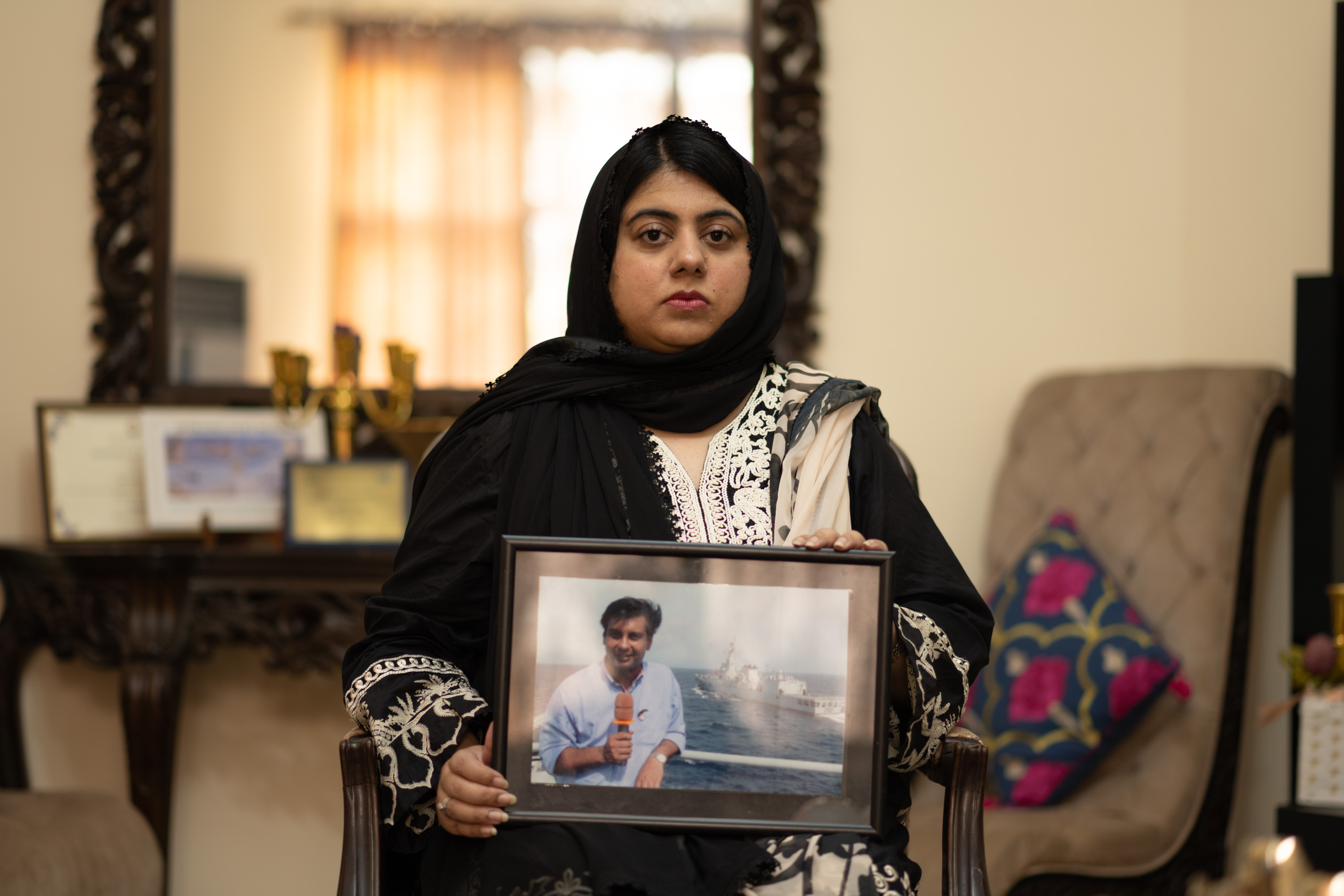By Iqbal Khattak
Violence indicators were soon emerged as I stepped out of Hamid Karzai International Airport in Kabul, capital of war-battered Afghanistan, trying to recover from years-long destruction and killing, as heavily-armed Afghan police were guarding the streets.
As journalist, it did not surprise me. It was not my first visit to Kabul. What surprised me was the fact that Afghan journalists, mostly young, did not know much that the trauma stories they are working on for years could have impacted them as well.
“I am angry,” a young Afghan journalist said during my training of these journalists on physical security. I asked him: “Do you know why you are angry?” He was not aware that he is under trauma stress because of his profession.
Afghan journalists are no exception. I found journalists usually in state of denial about trauma having deep impact on their lives. They begin opening up as I, as trainer, start enlisting symptoms of being traumatized.
One of the training participants was found to be in post-traumatic stress disorder – PSTD.
Afghanistan continues to suffer from the ongoing militancy and journalists are deliberate targets in this war. Just four days before the Kabul training, journalist Naimatullah Zaheer was killed in roadside bomb explosion in Helmand province on 4 November 2016. One of his colleagues who survived the explosion was among the training participants.
“It was terrible when Naimatullah was killed in front of my eyes,” the journalist who is trying to recover from that trauma told other participants.
Trauma injects helplessness. And one of young journalists among the participants was sharing exactly the same. “We are helpless. We can do little to stop what is going on,” said the participant.
Committee to Protect Journalists confirmed 30 journalists were killed in Afghanistan since the country moved from Taliban rule in late 2001 to a democratic set-up. Since then, the media sector ushered in development when the country welcomed the free media for the first time.
Seven Tolo News, Afghanistan’s most popular TV channel, staff members were blown up when Taliban-claimed explosion in their bus was detonated on 21 January 2016 in Kabul.
A senior journalist said media in Afghanistan is working “under great deal of pressure” from all sides. “Threats, intimidation and fears of being kidnapped or killed sway these journalists. And not all are trained to cope with this round-the-clock pressure,” he points to need for trauma training across Afghanistan.
“They have no break from work as we see others who take break from stressful jobs, including journalism,” the senior journalist spoke on condition of anonymity.
Simple bravery is not enough to cope with trauma-like situation. Training is a must and the international community must come forward to help the Afghan journalists recover from the stress they face in the line of duty.
The author is Islamabad-based senior journalist and qualified safety trainer.
Image Caption: The training participants in group with trainer.
Trauma And Afghan Journalists
- January 16, 2017
- 12:01 pm
- No Comments
More from the News section
September 18, 2023
No Comments
July 26, 2023
No Comments
June 20, 2023
2 Comments
March 21, 2023
No Comments
August 30, 2022
No Comments

Resize text-+=

